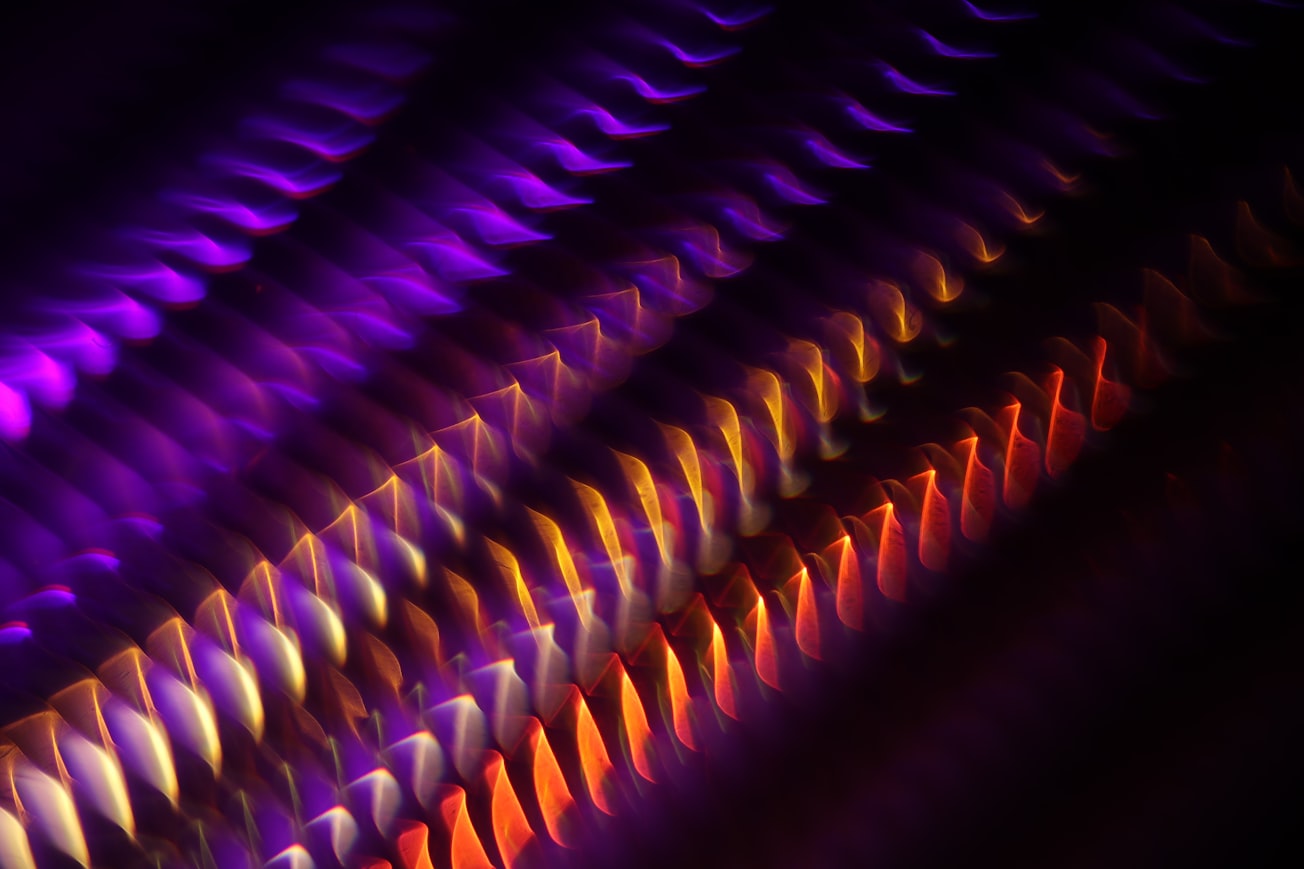What is it about?
Here we review the recent progress in the field of halide-perovskite meta-optics with the central focus on light-emitting nanoantennas and metasurfaces for the emerging field of active metadevices.
Featured Image

Photo by Meagan Carsience on Unsplash
Why is it important?
The study of halide perovskites has attracted enormous attention due to their exceptional optical and electrical properties. Perovskite subwavelengh nanostructures and metasurfaces are of particular interest for meta-optics, as they offer unique opportunities for novel types of compact light sources and nanolasers.
Perspectives
There is a great potential for applications of halide-perovskite meta-optics in new types of light sources, light-emitting metasurfaces, next-generation displays, quantum signal processing, and efficient lasing. Moreover, meta-optics can have even a broader range of applications highlighting the importance of optically-induced magnetic response, including structural coloring, optical sensing, spatial modulation of light, nonlinear active media, as well as both integrated classical and quantum circuitry and topological photonics, underpinning a new generation of highly-efficient active metadevices.
Sergey Makarov
ITMO University
There is a great potential for applications of halide-perovskite meta-optics in new types of light sources, light-emitting metasurfaces, next-generation displays, quantum signal processing, and efficient lasing. Moreover, meta-optics can have even a broader range of applications highlighting the importance of optically-induced magnetic response, including structural coloring, optical sensing, spatial modulation of light, nonlinear active media, as well as both integrated classical and quantum circuitry and topological photonics, underpinning a new generation of highly-efficient active metadevices.
Yuri Kivshar
Australian National University
Read the Original
This page is a summary of: Active meta-optics and nanophotonics with halide perovskites, Applied Physics Reviews, September 2019, American Institute of Physics,
DOI: 10.1063/1.5107449.
You can read the full text:
Contributors
The following have contributed to this page







